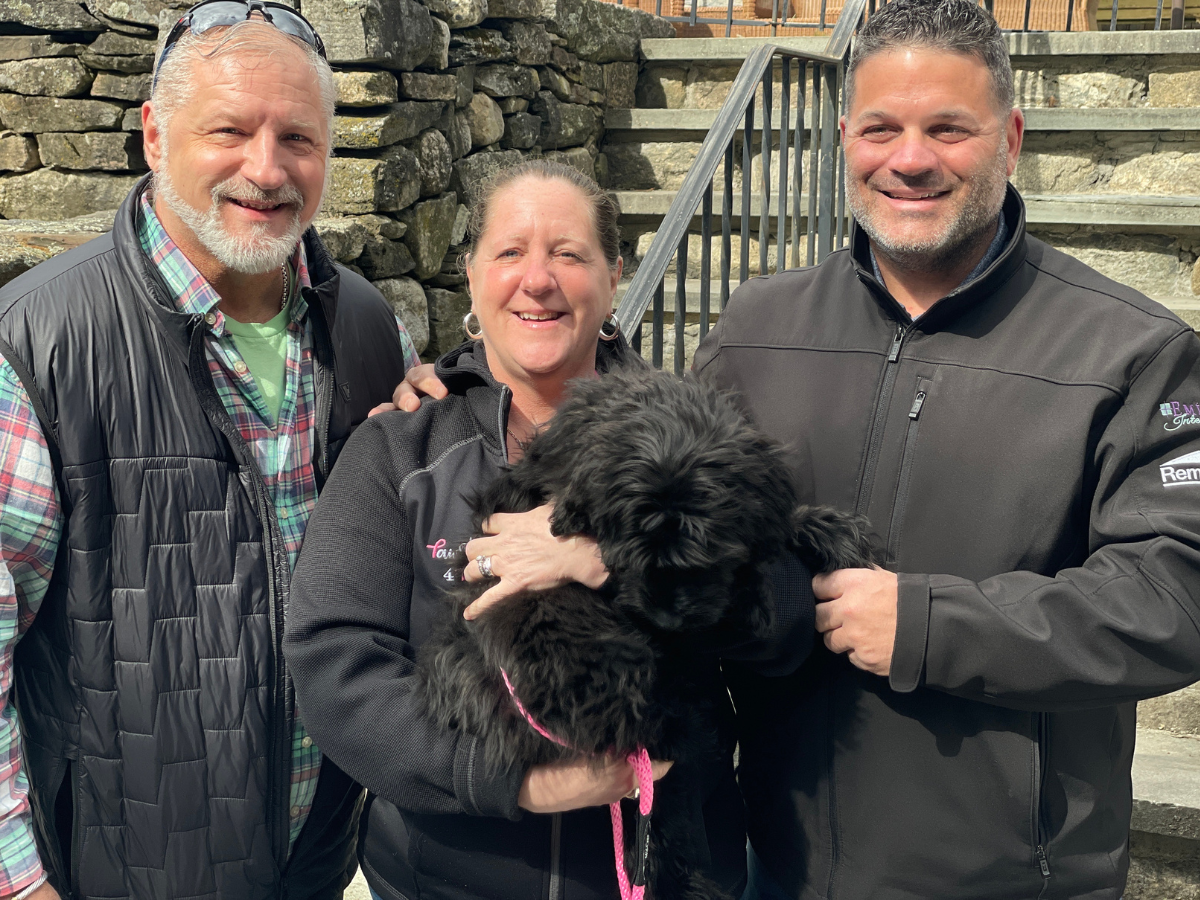
Walking Your Way to Wellness: How Your Dog Can Motivate Your Recovery Goals
The Healing Power of Movement At Pawsitively 4 Pink, we believe that healing is more than just medical treatments—it’s about

The Healing Power of Movement At Pawsitively 4 Pink, we believe that healing is more than just medical treatments—it’s about

5 Ways to Get Back to Your Routine After Beating Breast Cancer Overcoming breast cancer is a life-changing experience, one
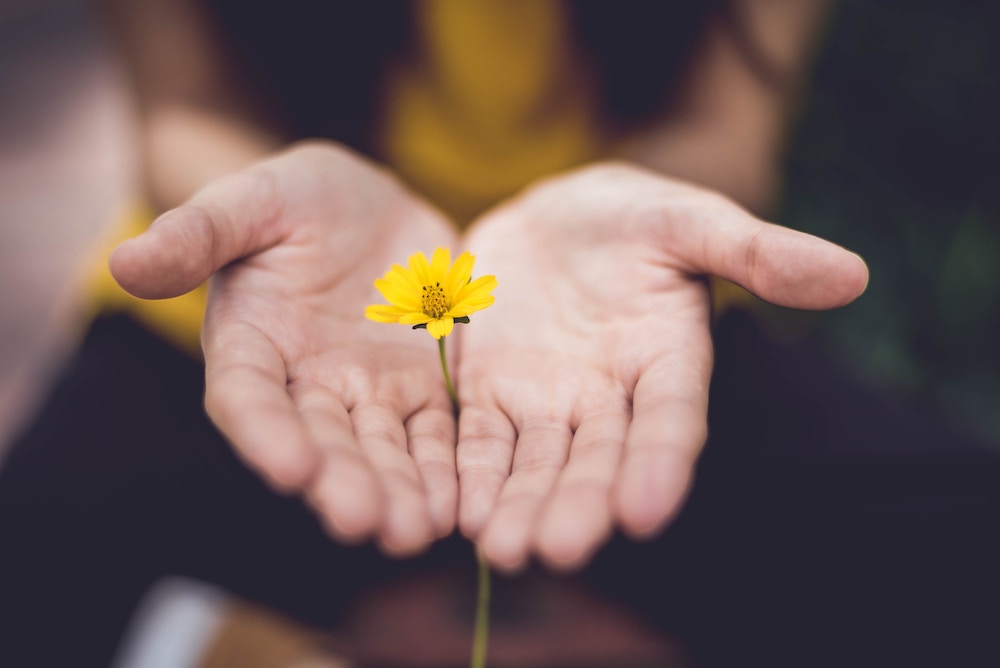
In the hustle and bustle of our daily lives, it’s easy to get caught up in the routine and forget
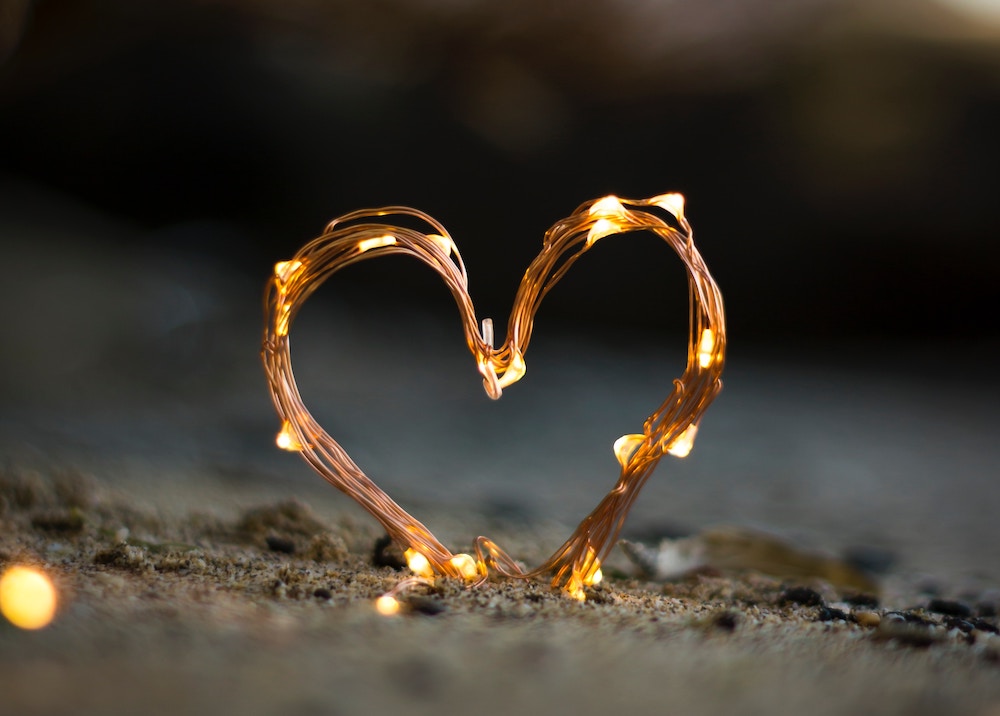
In the heart of Worcester, MA, Pawsitively4Pink stands as a beacon of hope and support for women facing the challenges

At Pawsitively 4 Pink, we recognize the significance of October, not just as Breast Cancer Awareness Month, but also as
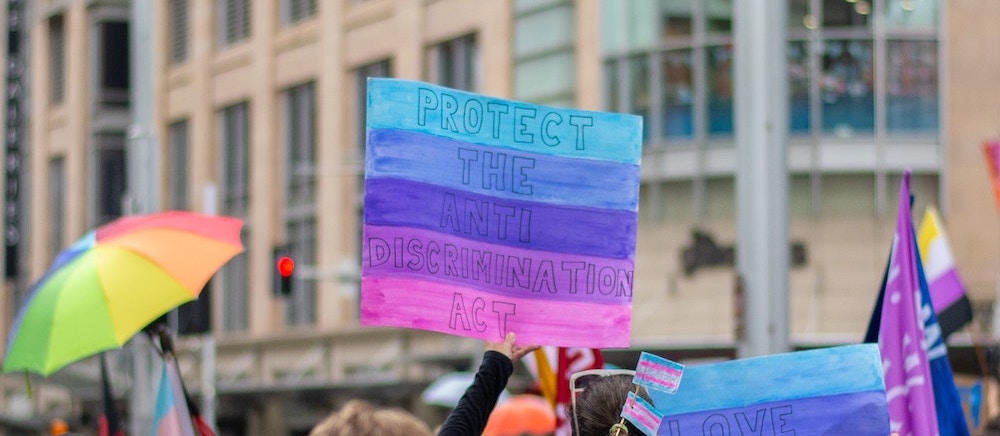
September isn’t just the beginning of fall here in Worcester, MA, it’s also known globally as Bisexual Visibility Month. This
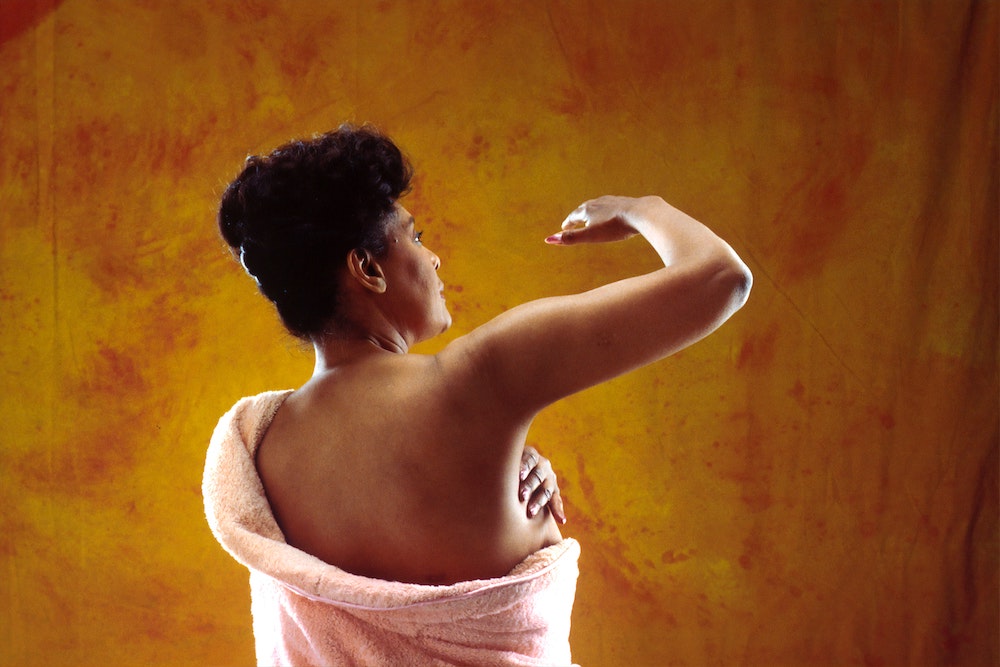
You’re in front of your dresser and your hand runs through your chest. You feel something and just to be
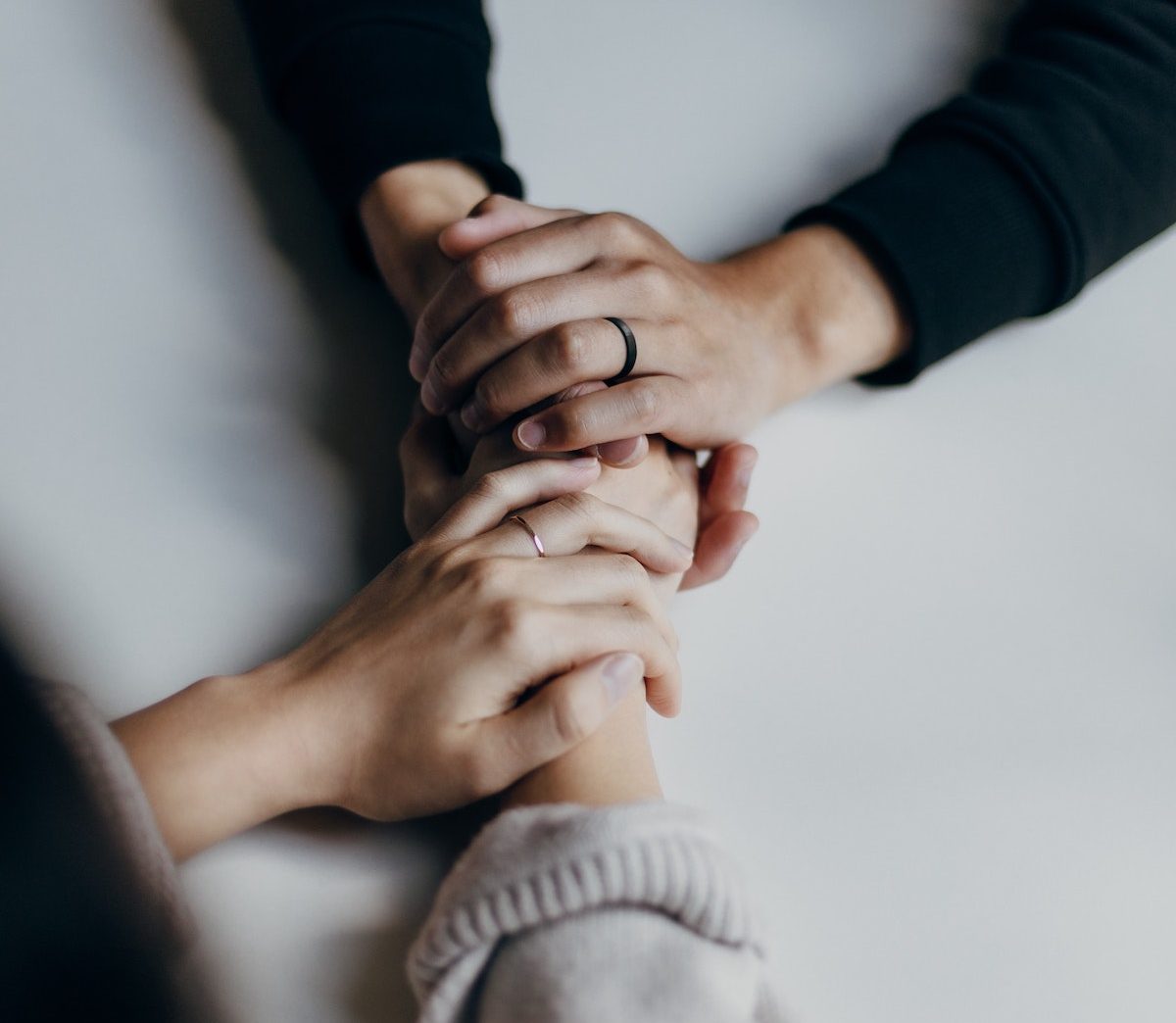
We use cookies
We use cookies and other tracking technologies to improve your browsing experience on our website, to show you personalized content and targeted ads, to analyze our website traffic, and to understand where our visitors are coming from. By browsing our website, you consent to our use of cookies and other tracking technologies.